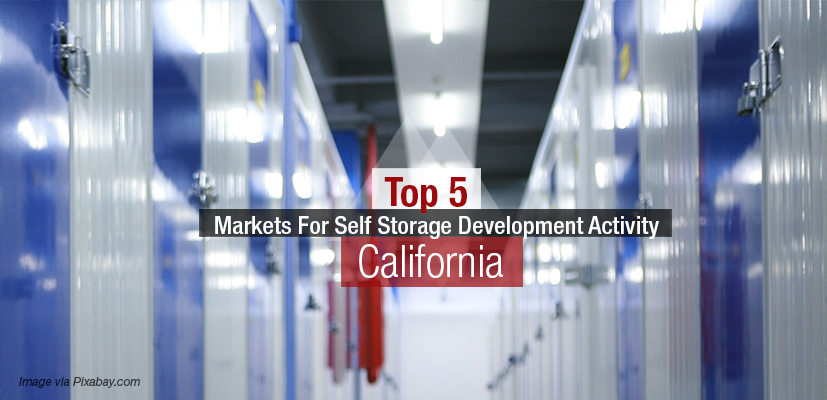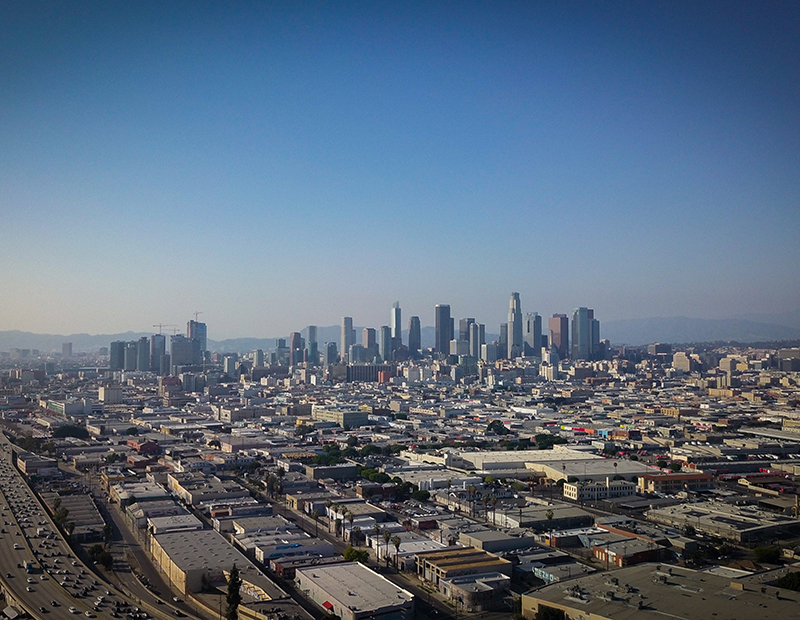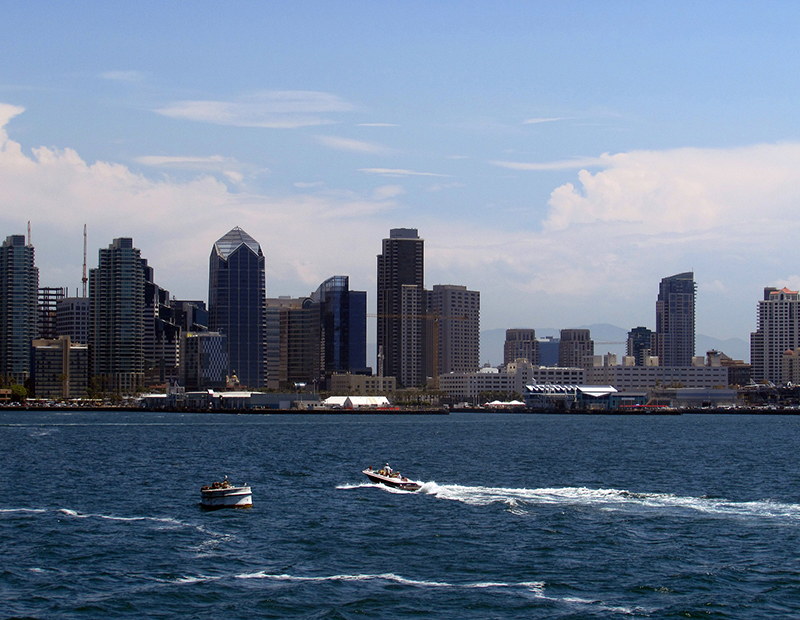Top 5 California Markets for Self Storage Development Activity
We've identified the top-performing California metros based on in-progress and planned projects as a percentage of existing stock, drawing on Yardi Matrix data.
California’s self storage market has extremely high barriers to entry. Most metros in the state provide limited opportunities for new development due to restricted zoning regulations and land availability. As a result, almost every major metro in California is underpenetrated. As of March, there were some 16 million square feet—9.5 percent of existing stock—of storage space under construction or in the planning stages in the top California markets tracked by Yardi Matrix.
Although select metros saw an uptick in development activity in March, construction is expected to taper across California in the coming months, due to the novel coronavirus outbreak. While most cities in the state are allowing essential construction to continue, required safety measures for construction sites will likely slow deliveries.
The table below highlights the top five markets in California for underway and planned projects as a percentage of total stock, using Yardi Matrix data.
5. Los Angeles
Despite several economic and demographic headwinds, strong demand for rental housing continues to persist in Los Angeles, which underscores the need for self storage space as well. High costs of living and a shortage of affordable housing may prompt residents to rent smaller apartments, further driving demand for self storage.
As of March, there were around 4.7 million square feet of storage space under construction or in the planning stages, accounting for 7.3 percent of the metro’s existing inventory and representing a 30-basis-point increase over the previous month. Los Angeles’ supply still lags behind demand—the storage inventory per capita is at 4.6 net square feet, below the 6.5 national figure.
However, limited supply is positively impacting rental rates in the metro. In California, Los Angeles registered the highest year-over-year rent growth in March—up by 1.1 percent for standard 10×10 non-climate-controlled units and 2.7 percent for climate-controlled units of similar size.
4. San Francisco
Thanks to its robust economy, San Francisco is one of the nation’s top attractions for both talent and employers. Despite elevated housing costs, the metro gained 18,791 residents in 2018, up by 0.4 percent and slightly below the 0.6 percent national rate. Demand for self storage is high, but there is little opportunity for new development due to strict zoning regulations. The metro has storage-space stock of more than 30.8 million square feet. Its per-person inventory is 5.5 net square feet, below the national average.
There were some 3.3 million square feet of self storage space under construction and in the planning stages as of March, representing 10.7 percent of existing stock. The metro’s new supply pipeline stagnated month-over-month and given the ongoing health crisis, this trend is expected to continue. Counties in the Bay Area have halted all construction except the development of health-care facilities that relate directly to the fight against COVID-19.
3. San Diego
San Diego’s self storage market is benefiting from the metro’s healthy economy and steady population growth. The metro gained more than 240,000 residents between 2010 and 2018, a 7.7 percent uptick. Strong economic fundamentals boosted development activity across all asset types including residential, office, industrial and self storage.
In March, San Diego registered a substantial increase in self storage development activity. The metro’s new-supply pipeline accounted for 11.8 percent of existing stock, up by 150 basis points over the previous month. There were seven projects underway and 17 in the planning stage, totaling 2.1 million square feet. A cluster of projects is lined along Interstate 5, a major thoroughfare that provides access to the city’s downtown area and the San Diego International Airport.
2. San Jose
As the only California metro recognized in our national ranking earlier this year, San Jose’s new-supply pipeline has since slightly contracted due to a new wave of completions. The metro continues to be largely underpenetrated, as the per-capita inventory is still at 4.7 net square feet. As of March, San Jose had 1.5 million square feet of storage under construction and in the planning stages, which accounted for 16.4 percent of the metro’s existing stock.
San Jose’s economic profile is predominantly determined by giant tech employers such as Apple and Alphabet and other tech startups. Office-using jobs account for more than half of all employment, positioning San Jose among the metros least impacted by the COVID-19-related lockdowns.
1. Sacramento
The Bay Area’s spillover effect pushed Sacramento’s growth. The metro added more than 24,800 residents in 2018, a 1.1 percent increase and nearly double the 0.6 percent national figure. Despite healthy economic fundamentals, Sacramento’s self storage market is slightly oversupplied—the per-person inventory is 7.8 net square feet, above the national average of 6.5 net square feet.
Nonetheless, when it comes to self storage development in California, Sacramento proved most active in March. The metro ranks first with 10 projects underway and another 26 in the planning stages, totaling 2.8 million square feet. The new-supply pipeline represented 16.9 percent of Sacramento’s existing inventory. Despite being oversaturated, the development pipeline was up by 160 basis points month-over-month.











You must be logged in to post a comment.